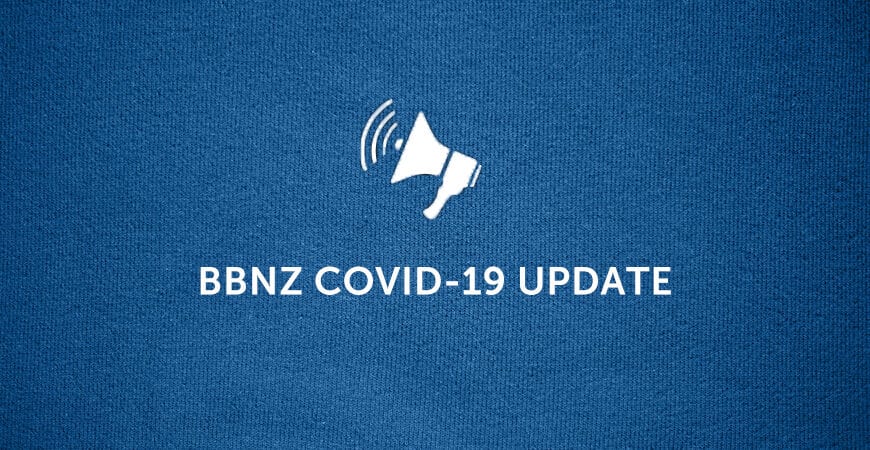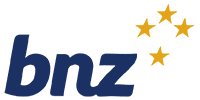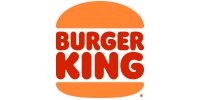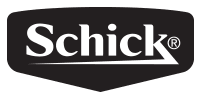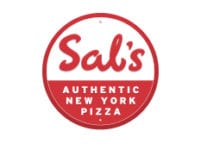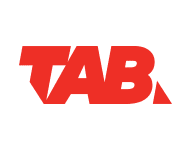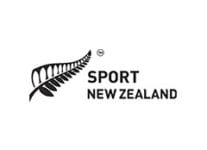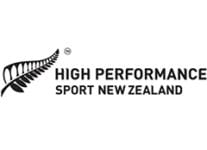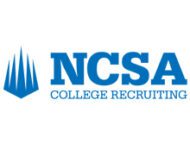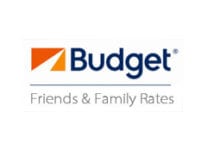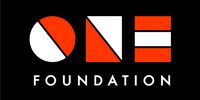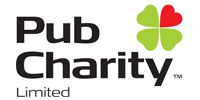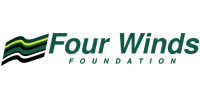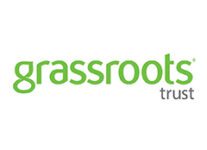In this update:
- Basketball New Zealand Tournaments and events in October.
- Return to play guidelines – what players, coaches and basketball providers should consider to prepare the body before launching back into competition.
- Considerations for providing basketball under Delta Alert Level 2.
Tournaments and events
Basketball New Zealand has the following events scheduled for the month of October:
- ‘A’ and ‘AA’ Basketball New Zealand Secondary Schools National Championships | 4-9 October. Central Energy Trust Arena, Palmerston North
- Aon U13 Regional Championships | 13-16 October:
- Northern Regional Championships. Eventfinda Stadium, AUT North Shore, YMCA North Shore, North Auckland.
- Central Regional Championships. Pettigrew Green Arena and Hastings Sports Centre, Napier and Hastings.
- Southern Regional Championships. EA Networks Centre and Basketball Mid-Canterbury Stadium, Ashburton.
Scenarios | We are not making final decisions on these events until the Government announces further steps and potential changes to Alert levels. That announcement is expected on 13 September. That said, we are considering potential options…
To run these events, it is clear most of the country must be in Alert Level 1. We cannot run these events in Alert Level 2 or higher due to the limitations on people allowed in venues.
We know that people must carry their Alert Level with them if travelling. If Auckland takes longer to return to Alert Level 1 than other areas of the country, it’s unlikely Auckland teams will be able to attend some or all of the above events, in particular the school event. We do feel for those in the basketball community who are already juggling life in lockdown and this realisation will be tough.
For the rest of the country, it is a reasonable hope to reach Alert Level 1 before the scheduled dates.
Right now, with the likelihood of Auckland schools being unable to attend, we are considering a downsized Secondary Schools tournament. If the rest of NZ is in Level 1, we will likely host an ‘A’ and ‘AA’ event from Wednesday 6 October to Saturday 9 October. This will include no more the 12 boys’ and 12 girls’ teams for the ‘A’ event, and 16 boys’ and 16 girls’ for the ‘AA’ event. It’s worth noting that there are no ‘A’ teams from Auckland, so that event may be unaffected if we are lucky – it will still be a ‘Nationals’ event.
For the U13 Regionals, the same parameters apply. For the Central and Southern events, we hope they will be held as planned. For the Northern event, we may need to move this to be played outside of Auckland and possibly without Auckland teams.
Deadline | We do need to give advance warning of our decisions. If the event goes ahead, people may need to make bookings and teams also need time to plan logistics. Alternatively, if cancelled, many refunds are dependent on timely notice. We also need to take into account the ‘Return to Play’ guidelines – players cannot just launch back into competitive basketball as this is an injury risk. For these reasons, we have a tentative deadline of the week commencing 20 September (this could change depending on Government announcements). If Delta Alert Level 2 is still in place and with no definitive answer of that Alert Level dropping by the tip-off date, we will be forced to cancel these Secondary Schools and U13 Regional events.
Why don’t we reschedule? School Sport New Zealand will not re-sanction any ‘winter season’ sport events into the summer school sport season (term 4). Their decisions are based on feedback from member school principals and in support of the Sport NZ season transition guidelines and ‘Balance is Better’ philosophy. We have already heard from some schools they would not attend an event in Term 4, especially if it opposed School Sport New Zealand and Sport New Zealand guidance.
What we may consider is a smaller event for the top four Auckland schools (per gender) playing a selection of the top finishers from the AA event held in the holidays – perhaps on Labour Weekend if Alert Level 1 is in place nationally by then. This requires further discussion with schools, as well as acceptable Alert Levels.
Meantime, we await the next Government announcement on 13 September.
Return to Play Guidelines
You might recall Basketball New Zealand’s (BBNZ) Return to Play Guidelines, which were written during lockdown last year and were recognised by experts in the sports medical field through an article in the New Zealand Journal of Sports Medicine.
Those guidelines are still highly relevant and coaches, basketball providers and players should take into account the time required to prepare the body before returning to competitive basketball.
Our view is the 50/30/20/10 rule, spanning a four-week training period, will serve as a useful baseline approach to return to training. For example, players would complete a reduced amount of training in week one, which gradually increases over the next four weeks:
- Week one – 50% of the uppermost planned conditioning volume in the first week following return to training.
- Week two – 30% reduction in uppermost planned training volume.
- Week three – 20% reduction in uppermost planned training volume.
- Week four – 10% reduction in uppermost planned training volume.
- Week five – players complete the fully planned training load.
To learn more about the return to play guidelines:
- The New Zealand Journal of Sports Medicine article can be viewed here. (Full Policy Statement here).
- The full set of BBNZ Guidelines can be found on the BBNZ website here(PDF).
- Infographics:
For basketball providers – what does basketball look like under Delta Alert Level 2?
As you know, all of New Zealand except for Auckland moves to Alert Level 2 from 11.59pm tonight.
We are working on a document that gives further guidance on what basketball will look like at Alert Level 2.
This needs to include updated guidance from Sport NZ. We received this message from Sport New Zealand this evening…
We are waiting to see the new health order before we can confirm our detailed guidance. We have temporarily removed our Alert Level 2 information online pending this information being available. In the meantime, the following guidance should be used for planning purposes.
As with previous Alert Level 2 guidance, you can do your usual sport and recreation activities if you can do them safely. This includes club and team sports, as well as indoor sports. Indoor sport and recreation facilities such as gyms, swimming pools, dance studios and health clubs can open, but with extra safety measures around physical distancing and sanitation.
As signaled previously, extra precautions are required to combat the increased transmissibility of the Covid-19 Delta variant. These additional public health measures are as follows:
-
- The physical distancing requirement in indoor venues and facilities is now two meters, rather than one meter. Facilities may need to restrict numbers to help with physical distancing.
- Community sports are limited to groups of 100 outdoors and 50 indoors. These group limits include all players and spectators (but not referees and officials). We will revert shortly with information around whether multiple groups can gather in one location if they are separated.
- Mask wearing at indoor sports facilities is required apart from when you are exercising or playing sports. You do not need to wear a mask if exercising outdoors.
- Mandatory record keeping and QR code scanning applies to all indoor sport and recreation facilities such as recreation centres, swimming pools, gyms and sports clubrooms, as well as commercial and ticketed sport and recreation events
Travel across alert level boundaries
There are very strict rules in place to manage travel across areas with different alert levels in place (eg: in and out of Auckland). Travel across an alert level boundary is only possible for essential personal or business reasons which are set out here. Travelling across an alert level boundary for recreational purposes (e.g. to go for a walk or to train or play sport) is not permitted. See this website for more information about travel across alert level boundaries.

